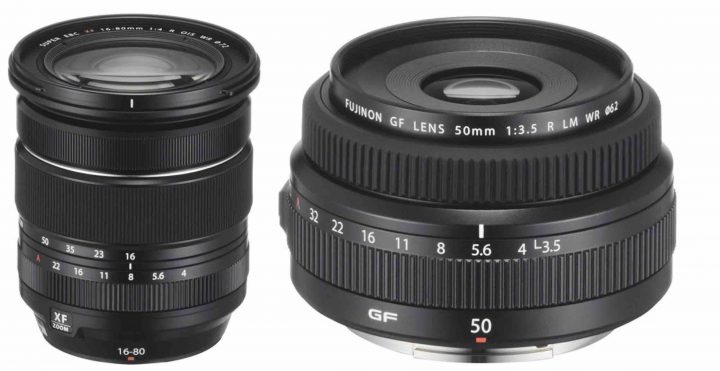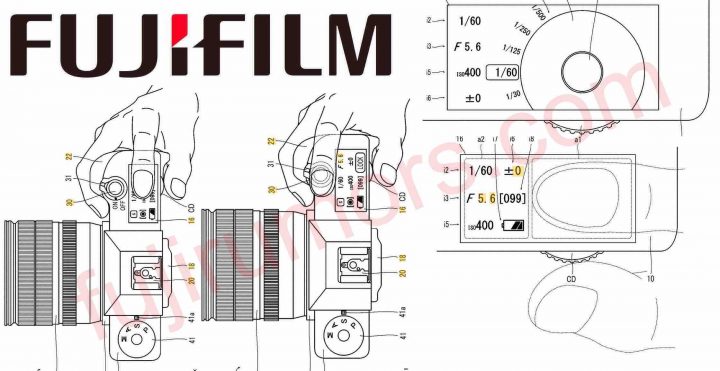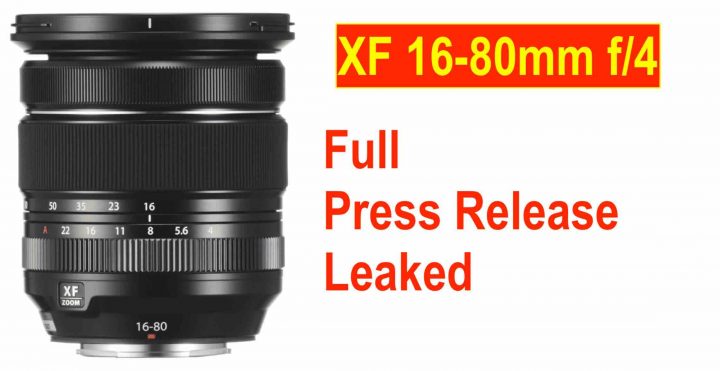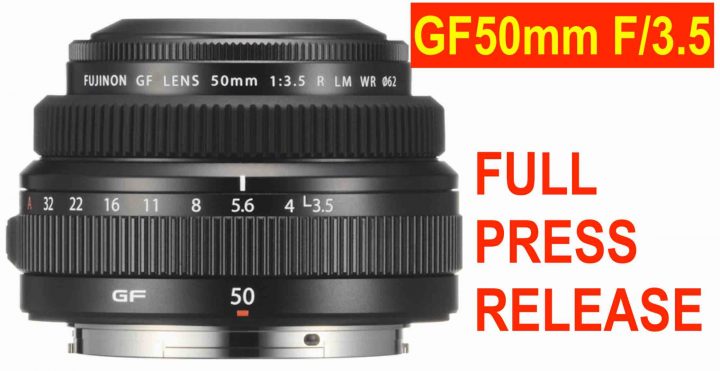LEAKED: Fujinon GF50mm f/3.5 and XF 16-80mm f/4 – Price, Specs and Images

Nokishita just leaked the first official images as well as initial specs of the Fujinon GF50mm f/3.5 and Fujinon XF 16-80mm f/4.
Fujifilm “XF16-80mm F4 R OIS WR”
- are 12 groups of 16 elements
- shortest focus disctance 35cm
- maximum 0.25x
- filter 72mm,
- φ 78.3 x 88.9mm
- weight 440g
- $ 799.95 (in Japan it costs 102,060 yen which would be converted to 943 USD)
Fujinon GF50mm f/3.5
- 134,460 yen (converted 1,240 USD)
Pre-Orders
Don’t forget to:
- Follow FujiRumors: Facebook, Instagram, RSS-feed, Youtube, Flipboard and Twitter
- Join our User Groups: Fujifilm X-T, GFX, X-H, X-Pro, X-E and X100 line
- Top Facebook Pages: Fujifilm X-T, Fujifilm X-H and Fujifilm GFX




